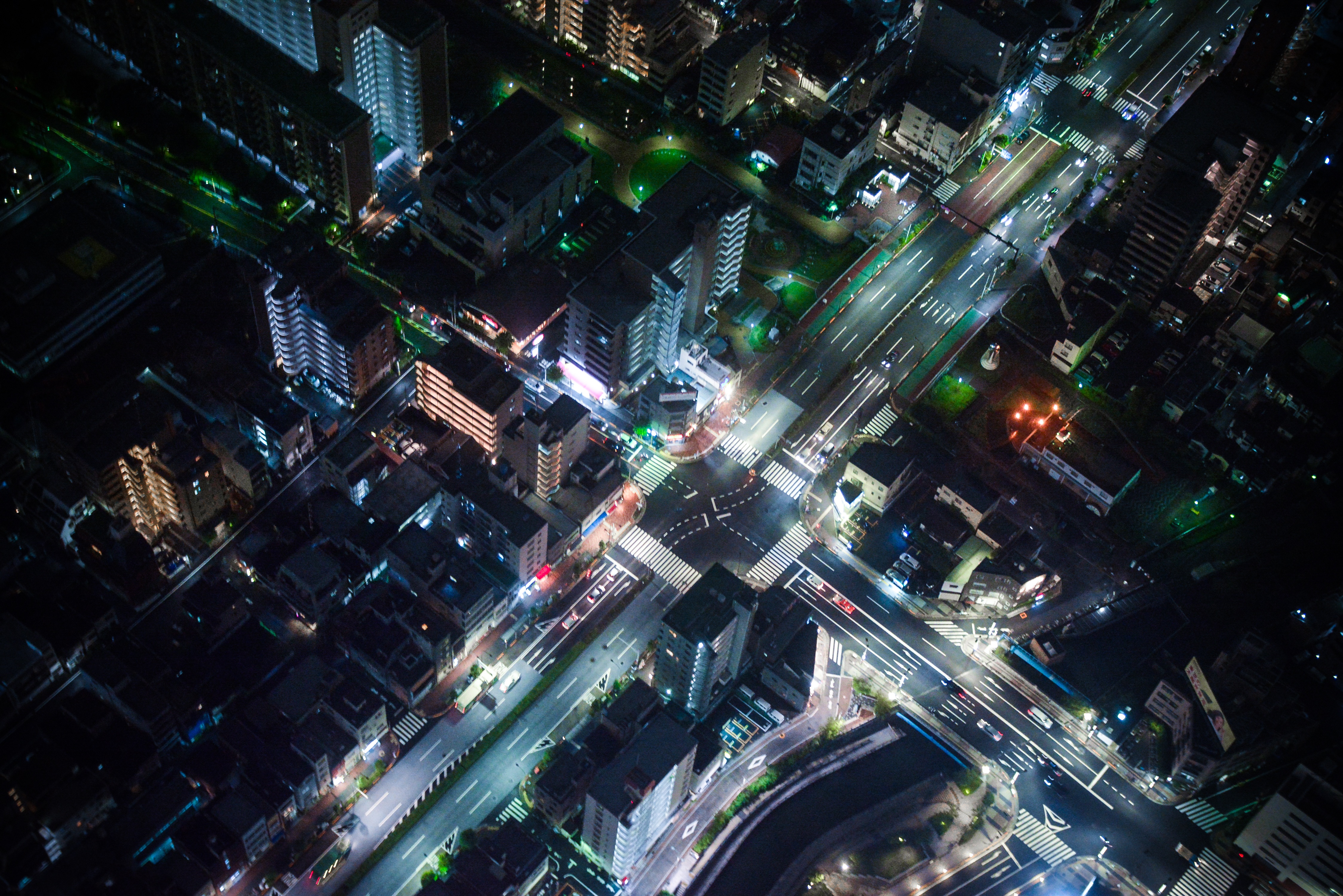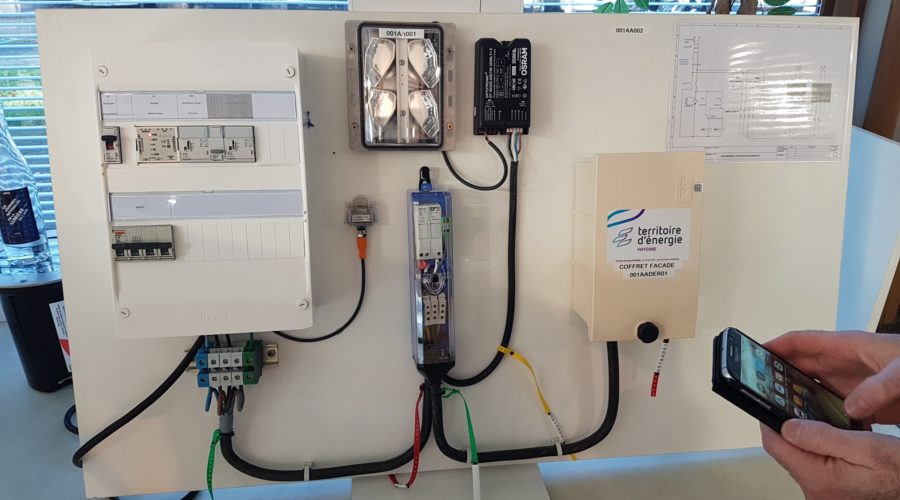In 2050, according to the United Nations, “two-thirds of the world’s population will live in cities”1. Although today “cities represent only 2% of the Earth’s surface, they alone account for nearly 70% of greenhouse gas emissions”2. The installation of new infrastructures as well as a better understanding of our environment are necessary so that our cities do not become real furnaces. It is urgent! Some parts of the globe could become unwinnable according to some scientists. Science Advances3 asserts that South Asia is under the threat of “increased temperatures and humidity during the summer”; in the long term, this “could reach levels exceeding the capacity of the human organism to survive without protection”. Needless to say, about one-fifth of the population lives in this area.
In parallel, our societies evolve to the rhythm of digitization and connected objects in what seems to be a revolution. The internet of things, aka “IoT”, or the “web 3.0”, allows the exchange and analysis of information from real-world devices with the Internet. This is the case, for example, of connected cars, smart homes, or even medical items that provide information on the patient’s state of health. Digitization is transforming our lives, companies are changing the way they produce, design and sell. People are changing the way they consume and interact with others.
The Smart City wants to leverage the incredible potential of IoT to create and sustain our cities of tomorrow. Today’s connected technologies can be applied to different sectors of the city such as buildings, transport, energy, waste, health, employment, etc. Implementing an intelligent network will involve collecting, managing and analyzing data from the community to provide eco-friendly solutions for everyone.
Will “the prosperity of vice”4 as described by D. Cohen still be relevant to this global ecological challenge? The emergence of many markets in the field of Smart City attracts many companies. However, some firms may tend to forget that the principles and values of the smart city (sustainable, reliable, collective, connected and eco-friendly) must apply to their products and services. In the IoT sector, perpetual questioning of companies about what they offer is essential. Added to this is the constraint of finding solutions applicable in the long term but also in the short term.
1Rapport des Nations Unies, département des affaires économiques et sociales : « 2,5 milliards de personnes de plus habiteront dans les villes d’ici 2050 », mai 2018 : https://bit.ly/2Myri1E
2Rapport des Nations Unies, « Global Report on Human Settlements 2011, Cities and Climate Change », 2011 : https://bit.ly/2rUQJ1G
3Science Advances: « Deadly heat waves projected in the densely populated agricultural regions of South Asia », August 2017 : https://bit.ly/2vwow40
4Daniel Cohen, Poche : « La Prospérité du vice », 2011







